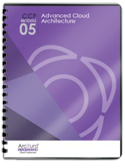Cloud Computing Patterns, Mechanisms > Sharing, Scaling and Elasticity Patterns > Load Balanced Virtual Server Instances
Load Balanced Virtual Server Instances (Erl, Naserpour)
How can a workload be balanced across virtual servers and their physical hosts?

Problem
If a runtime workload is improperly distributed across both virtual servers and their physical hosts, then some virtual servers become over-utilized, while others are under-utilized or running idle.
Solution
The workload is recalculated at runtime and virtual servers are correspondingly moved between hosting physical servers to ensure even distribution across virtual and physical layers.
Application
A capacity watchdog surveys physical and virtual servers and reports variance to the VIM, which interacts with a load balancer and live VM migration to dynamically adjust virtual server locations.
Mechanisms
Automated Scaling Listener, Cloud Storage Device, Cloud Usage Monitor, Hypervisor, Live VM Migration, Load Balancer, Logical Network Perimeter, Resource Cluster, Resource Replication, Virtual CPU, Virtual Infrastructure Manager, Virtual RAM, Virtual Server, Virtual Switch, Virtualization Monitor
Compound Patterns
Burst In, Burst Out to Private Cloud, Burst Out to Public Cloud, Cloud Authentication, Cloud Balancing, Elastic Environment, Infrastructure-as-a-Service (IaaS), Isolated Trust Boundary, Multitenant Environment, Platform-as-a-Service (PaaS), Private Cloud, Public Cloud, Resilient Environment, Resource Workload Management, Secure Burst Out to Private Cloud/Public Cloud, Software-as-a-Service (SaaS)

The virtual server instances are evenly distributed across the physical server hosts.
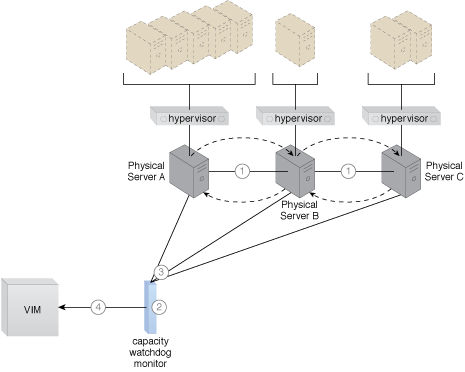
A cloud architecture scenario resulting from the application of the Load Balanced Virtual Server Instances pattern (Part I).
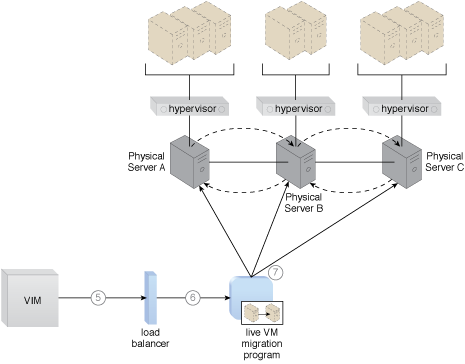
A cloud architecture scenario resulting from the application of the Load Balanced Virtual Server Instances pattern (Part II).

A cloud architecture scenario resulting from the application of the Load Balanced Virtual Server Instances pattern (Part III).
NIST Reference Architecture Mapping
This pattern relates to the highlighted parts of the NIST reference architecture, as follows:
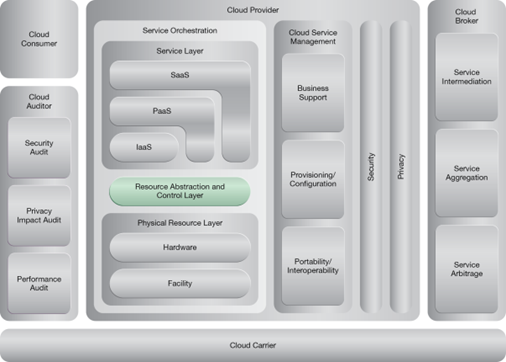
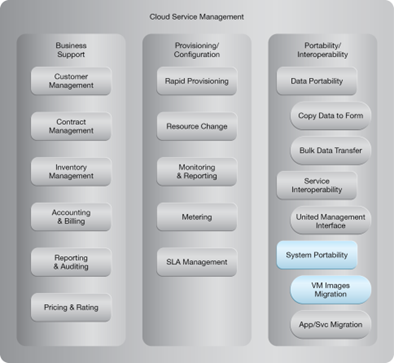
This pattern is covered in CCP Module 5: Advanced Cloud Architecture.
For more information regarding the Cloud Certified Professional (CCP) curriculum, visit www.arcitura.com/ccp.
This pattern is covered in CCP Module 17: Advanced Cloud Virtualization.
For more information regarding the Cloud Certified Professional (CCP) curriculum, visit www.arcitura.com/ccp.
This cloud computing mechanism is covered in:
Cloud Computing: Concepts, Technology & Architecture by Thomas Erl, Zaigham Mahmood,
Ricardo Puttini
(ISBN: 9780133387520, Hardcover, 260+ Illustrations, 528 pages)
For more information about this book, visit www.arcitura.com/books.
